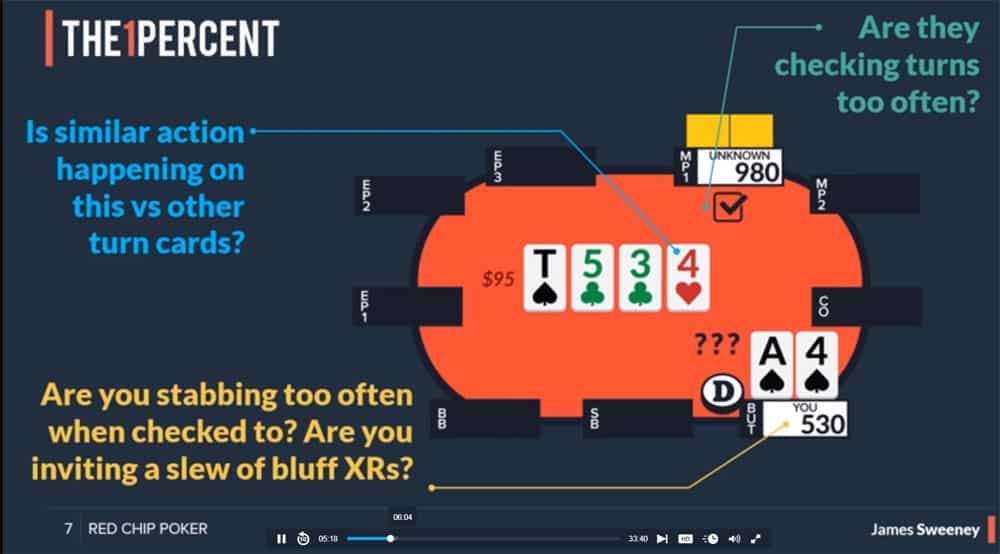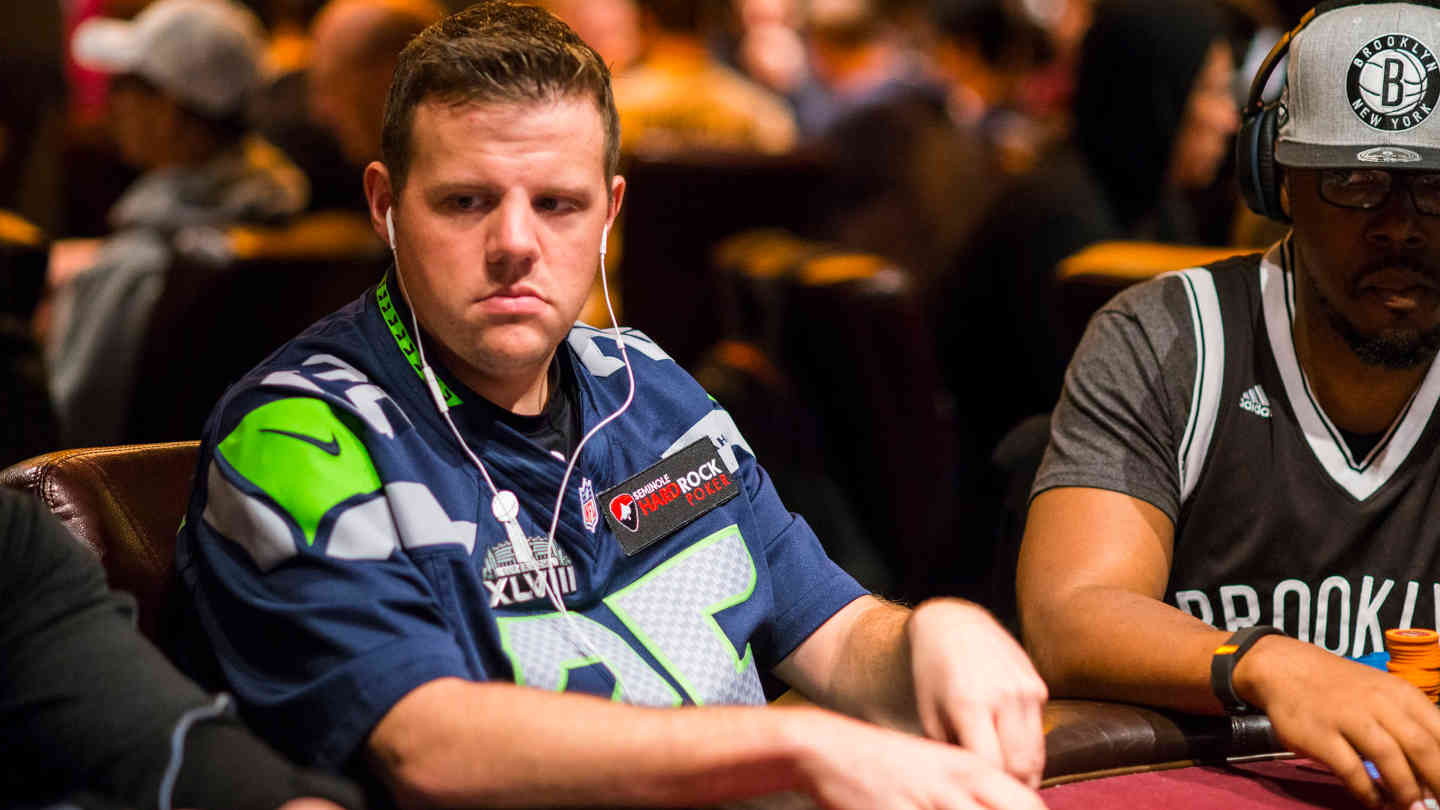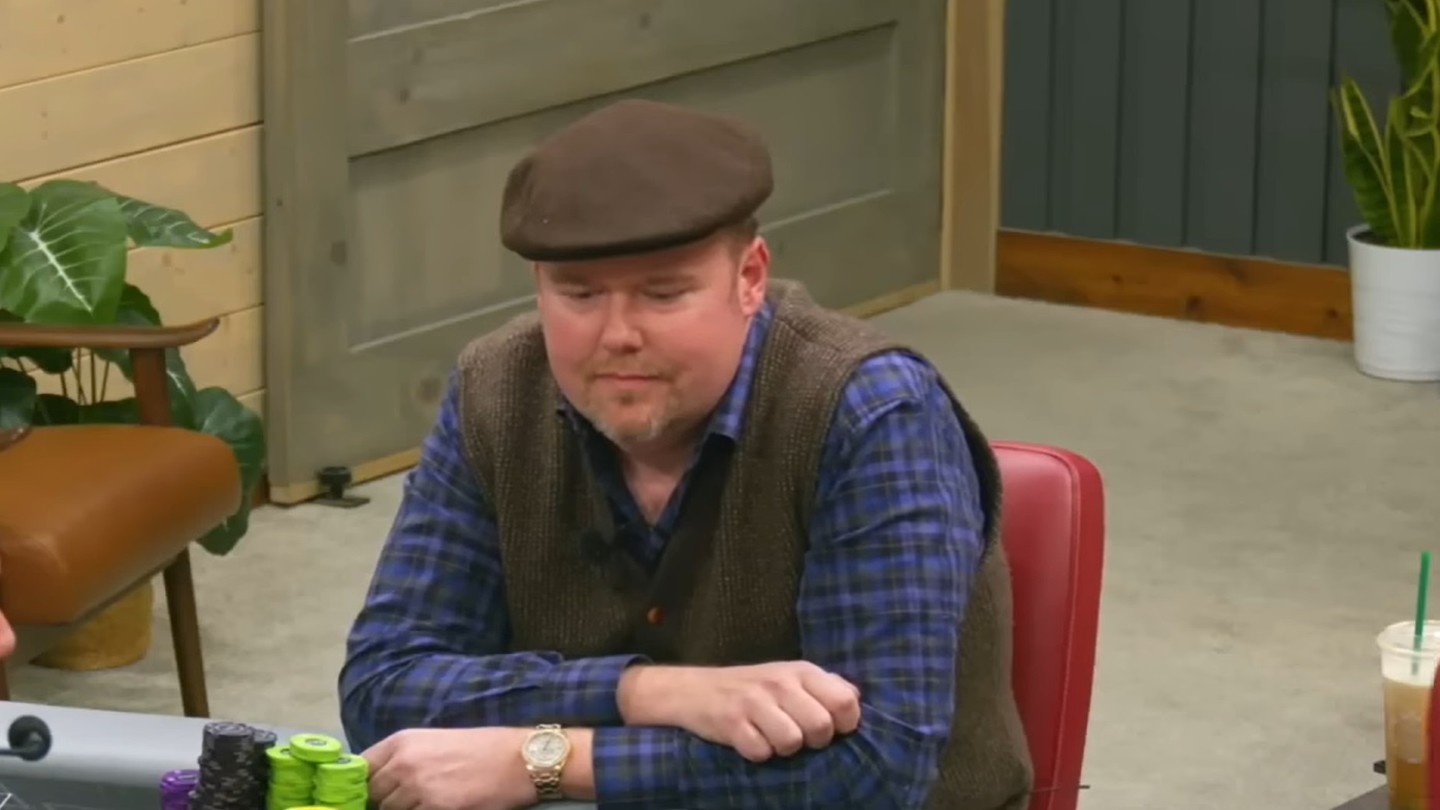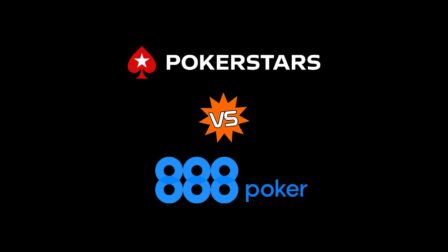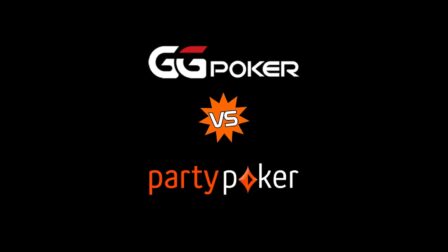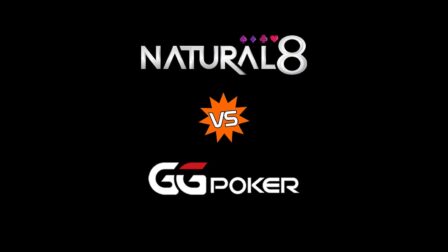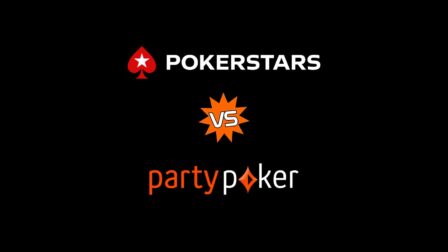The One Percent Review
There are many different ways to learn how to play poker and not even the best in the game always agree about what is absolutely the best one out there.
However, you can be sure that the right strategy is built around math. Such an approach is offered at Ed Miller’s 2014 book Poker’s 1% that is primarily based on hand ranges and betting frequencies in different spots.
Taking Miller’s book as the foundation for his The One Percent course on poker math, James ‘SplitSuit’ Sweeney created the series of 10 videos that are meant to offer deeper analysis and explanations for some of the most important concepts contained within.
In this One Percent Review, I will show you what you can find inside SplitSuit’s course, and how likely it is to help you to become a better player.
Breaking Your Flawed Strategy
The first video in The One Percent series lays down the foundations and explains what this course will be about. Right from the get-go, Sweeney emphasizes that the approach Miller takes in his book isn’t based on the GTO (which seems to be all the rage lately).
Instead, it is a more exploitative approach to the game with certain elements of the GTO thrown into the mix. The strategy is based primarily on frequencies, i.e., how often something does happen and/or should happen when we play poker.
Many scenarios tend to happen over and over again when we play poker. We raise from the button, we face a continuation bet after defending from the big blind, or we’re faced with a 3-bet after raising from the cutoff. All of these, as well as many others, are perfectly common scenarios in Hold’em cash games and tournaments alike.
This course takes an approach that will likely be much closer to most less experienced players than the GTO. Although it may seem “fishy” at first, which Sweeney emphasizes right at the start, once you understand the logic behind it, things start to fall into place.
Most poker players suffer from two major flaws in their games. In one group, there are those playing way too many hands before the flop, just trying to make the nuts with a random hand in hopes of getting paid when this happens. In the other group are those who play way too tight in general.
One common thing both of these seemingly very different groups have is that they don’t have their frequencies right.
Calling too much or folding too much at any given point is a huge leak and it’s the one that this course aims to fix through a number of well-structured and easy-to-follow video lessons.
The 70% Model
In the first video, Sweeney presents two very general but important rules that serve as the backbone for the entire series, namely:
- If your opponent bets or raises, you should usually continue.
- If you bet one street and your opponent calls, you should usually bet again on the next card.
The question we’re left with is – what does this “usually” mean when put to numbers and according to Miller, it is 70%, leading us to the 70% model.
Sweeney does a very good job of explaining this idea in the video, emphasizing that, barring unexpected events that are discussed later in the series, you need to be continuing 70% of the time on each street.
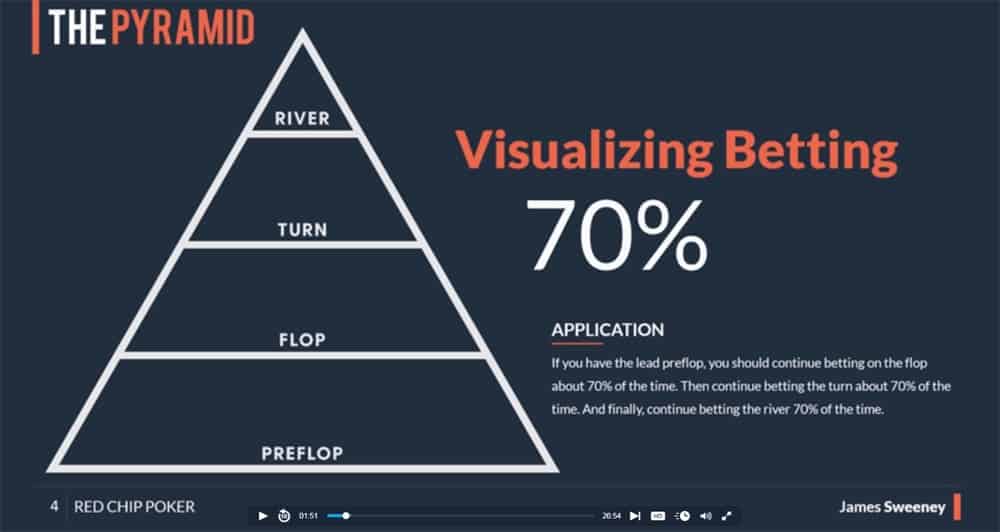
The whole concept is explained using a pyramid, which makes it easier to remember. Sweeney also addresses the idea of “jagged sides,” meaning that having a too wide of a range at any particular stage will create problems moving forward. Something that you can avoid by understanding poker statistics.
For example, having a too wide preflop base leads to too much folding on the flop or turn, and so on.
Branching Your Ranges & Exceptions
The first couple of videos in The One Percent series focuses on situations where the initiative doesn’t change, i.e. the preflop raiser remains in control of the betting throughout the hand. However, things are rarely that static in poker and the initiative changes frequently.
In the third video, Sweeney introduces Miller’s concept of branching, designed to help us in the situation where the initiative switches (someone 3-bets when we raise, or we get check-raised on the flop, for example).
Many players find it hard to navigate these spots because they tend to put all of their good hands within one pyramid and the rest of their more marginal hands in the other pyramid.
Here, Sweeney pinpoints a very important leak where we might not have enough strong hands in our calling range, for example, making it very tough to play when an opponent takes over the initiative.
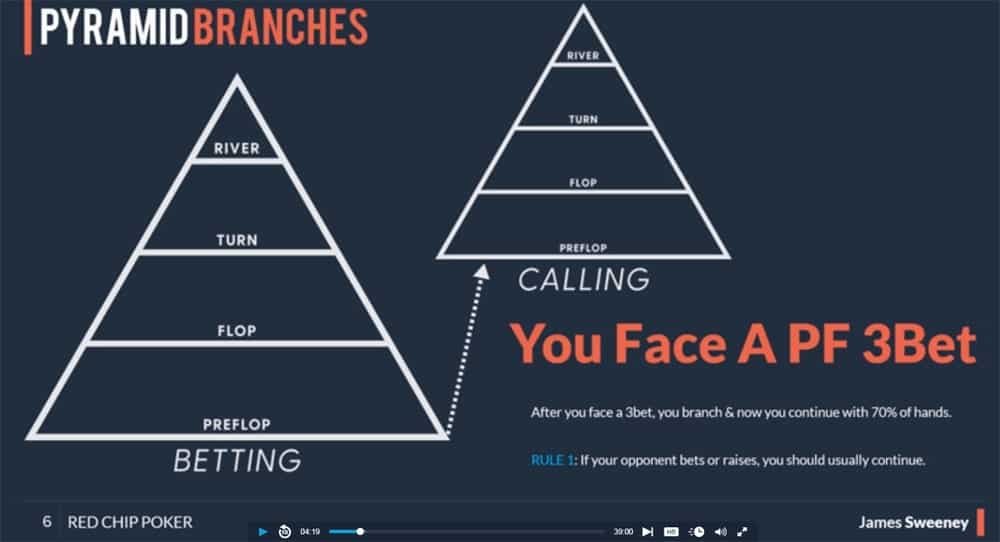
The video goes on to explain how maintaining proper frequencies is especially important against tough, thinking opponents who’ll be able to recognize and take advantage of this leak.
We need to have some very strong hands, such Aces and Kings in our calling range as well, to balance them with weaker hands such as smaller pocket pairs or suited connectors.
I like that Sweeney recognizes and constantly emphasizes that this approach may seem too robotic and formulaic to some players. However, he’s right in saying that there aren’t many good alternatives.
Playing in terms of absolute hand strength is just too weak, but trying to actually apply GTO in every situation is way too complex, especially for lower stakes games.
Applying the 70% Frequencies Model
After explaining the logic behind the 70% model and why it works, Sweeney moves on to an actual hand example.
He uses this hand to break down and explain some of the most important ideas and concepts discussed up to this point in the series.
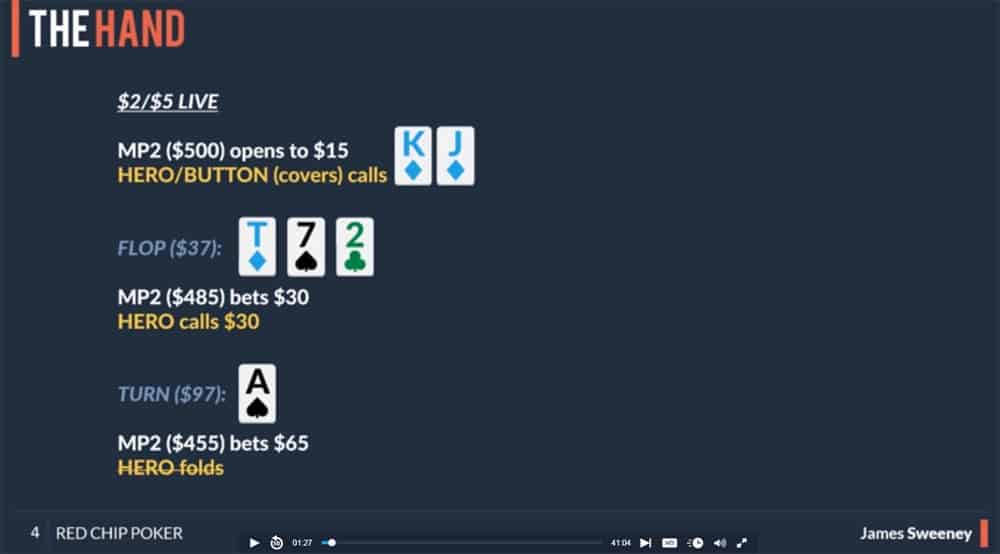
‘SplitSuit’ uses this example to show the method he uses to build hand ranges and how he comes to the infamous 70% in different spots. He puts the hand sheet on the screen and goes through his thought process as he adds hands, and things start to fall into place.
It is interesting to see this process in action and how the range is constructed using this method. By the end of it, there are some hands in there that definitely may feel “fishy” but this is how SplitSuit tries to bring home the point about not over-folding.
This video ties into earlier videos as well, as we’re only able to continue with what’s seemingly such a wide range because of our preflop selection. Since we’re getting to the flops with a stronger range than our opponents, we can continue on more flops and turns profitably.
Bluffing vs. Value Ratios
It is no secret that bluffing is a huge part of playing winning poker. However, knowing when to bluff and how to construct your bluffing ranges can be tricky.
More importantly, how do you balance between your bluffs and value bets to prevent other players from exploiting you?
In this part of the series, Sweeney presents certain ratios of bluffing vs. value hands for each street, rounding the numbers up. He explains the thought process behind coming up with these numbers to give players the reasoning behind it, i.e. these are not just some random, made-up figures.
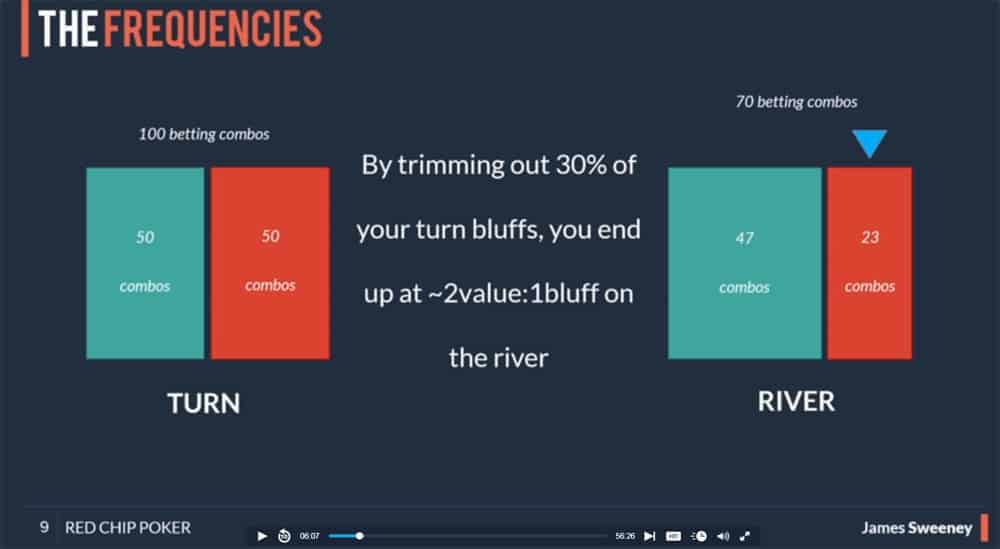
The main goal of this process is to create bluff vs. value ratios that make your opponents’ indifferent when they call you down with their bluff catchers. To achieve this, we have to maintain correct frequencies across all streets.
Like in some of the earlier videos, ‘SplitSuit’ takes an example and then performs a detailed analysis of how to build your bluff and value ranges.
It may surprise you how many hands there need to be in your bluffing range, especially heading into the turn, if you want to get to the correct frequency. This part is definitely worth watching with a lot of attention to fully understand the concept.
Common Errors in Math
With the first several videos covering some of the most important general concepts and situations, The One Percent math course moves on to address some common errors.
The idea behind this particular video is twofold: recognizing and fixing errors in your own play and taking advantage of these errors when they’re present in other players’ game.
In the video, Sweeney addresses four important areas, namely:
- Static flops containing big cards (Aces and Kings)
- Bet folding top pair type of hands
- Monotone boards
- River raises
Most players don’t actually follow the rules laid out in this series, which means that their frequencies are often very bad, especially in these particular situations.
For example, many players tend to have bad flop or turn betting frequencies on flops with high cards, and there are ways you can take advantage of their leak.
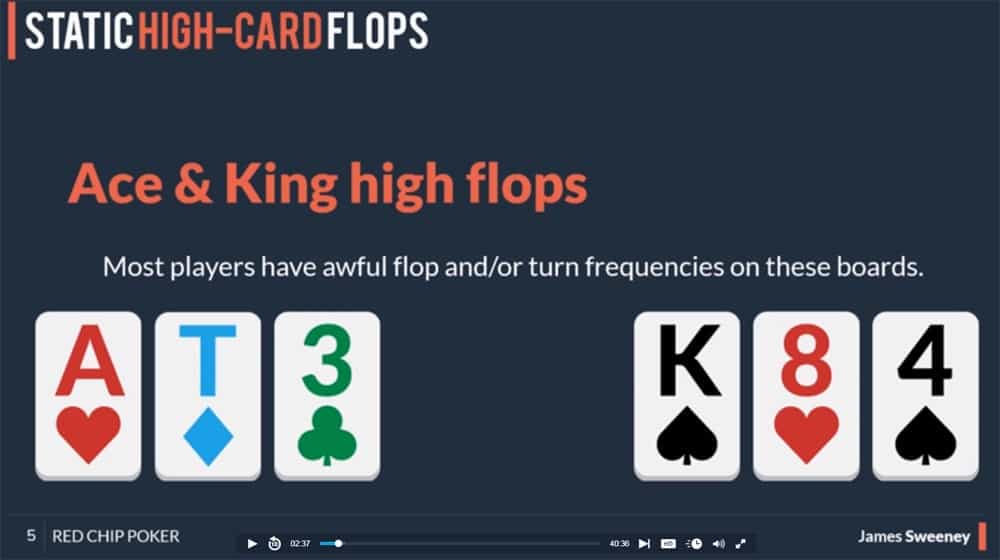
One particularly interesting area that Sweeney explores in this context is river raises. He asks the question about how often we raise rivers and how often we do it with bluffs?
Most players don’t raise rivers with bluffs almost ever, which means there is a frequency issue here.
Being able to recognize these mistake in your play but also to pinpoint them in your opponents can be of great value and help you improve your EV.
By this point in the course, you should be able to follow the logic behind these explanations and understand where ‘SplitSuit’ is coming from.
It may seem like you hear the word ‘frequency’ way too often – but it is what poker gets down to. In the simplest of terms, it is about how often you do or don’t do what is needed in particular situations and what kind of an effect this has on your overall success.
Good / Bad / Non Event Concept and Frequencies
Everything that’s been talked about up to this point makes sense. But, poker isn’t a linear game. Things change depending on the actions of your opponents and new community cards. ‘SplitSuit’ divides these occurrences into three main categories: good and bad events – and non-events.
As you could guess, bad events are the developments that are not favorable for us, such as opening a hand from the cutoff and getting called from the button.
It is not the standard development we expected, and this will influence our frequencies moving forward. In the same light, raising from the cutoff and winning blinds or getting called by one of the players in the blinds is a non-event (it’s what’s expected).
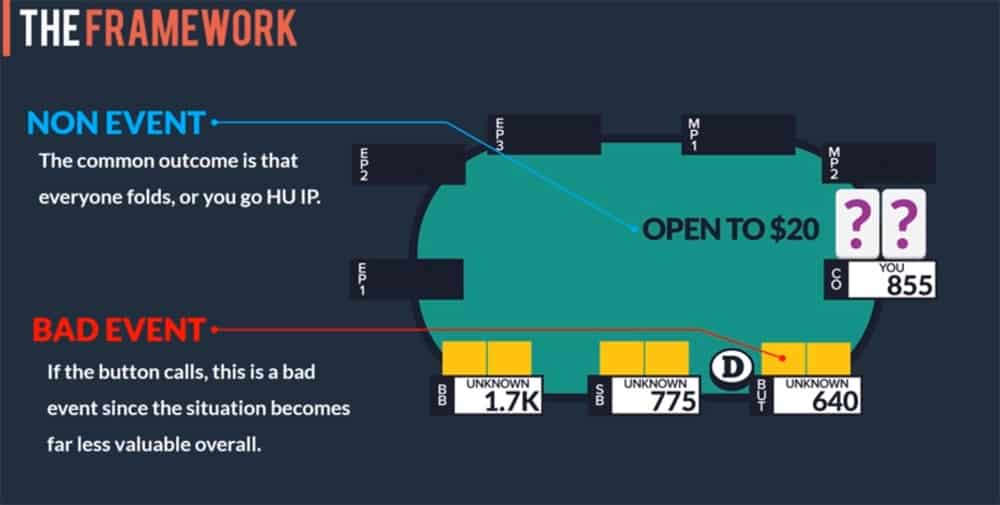
Bad events will cause us to lower our frequencies. If we’re called by the button, for example, we’ll probably drop our continuation bet frequency down to 50%. Good events, such as hitting a favorable card on the turn after c-betting the flop with air, will increase our betting frequency on the turn.
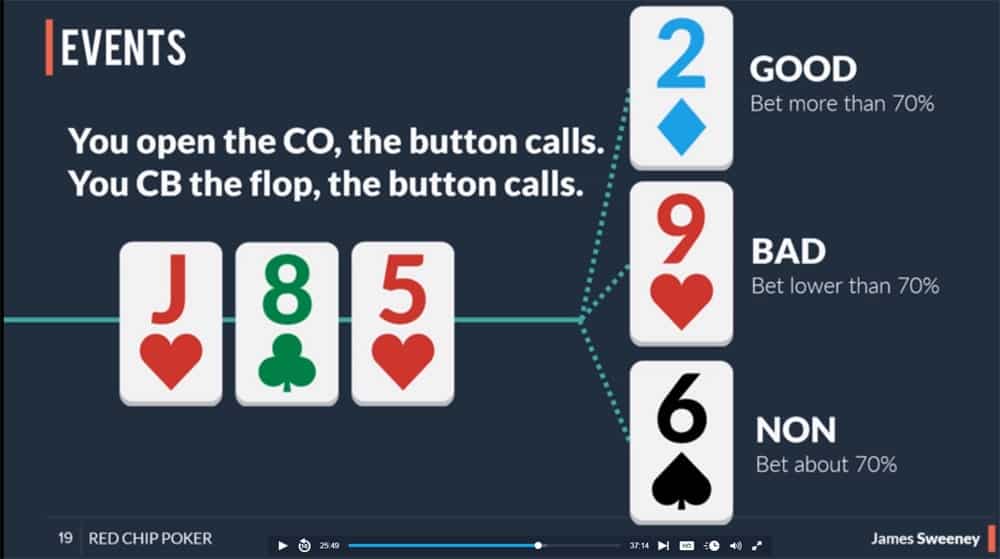
The point of this video is to try and highlight how to recognize good and bad events and also distinguish between bad and non-events.
Players often have a bias to value events as bad even when they’re more in a non-even category, especially when guessing what cards might have helped the opponent.
In addition to learning to recognize these three main categories, this video also focuses on explaining how to take advantage of players who don’t have this ability.
There are various ways we can exploit players failing to adjust to bad events, leading to them continuing with too wide frequencies either as aggressors or as callers.
Refining Your Hand Selection
The final three videos in the series are devoted to fine-tuning the strategy presented thus far. It starts with the video talking about how to refine your selection of hands. You can easily do that, with right preflop hands cheat sheets.
Of course, post-flop hand selection is vital as well. Some of the ideas presented in the video cover topics such as including more medium hands into your value range. In some spots, you’ll be able to go for thin value with your medium-strength holdings (such as 99 on a Q-high board) if you know your opponent’s calling frequency is too high in these situations.
Another interesting concept covered by ‘SplitSuit’ deals with what weak hands to include into your betting range, and he suggests including more holdings with the potential to make the nuts. These hands, even if weaker in absolute terms, have much more playability on later streets.
The video also talks about the idea of prioritizing when picking what hands to include in your betting and calling ranges. For example, in your bluffs, you should prioritize hands that have blockers to the nuts because you’re more likely to get folds from your opponents.
The lesson circles back to the main idea of this course, which is that we should never be folding too much.
It is important to create our frequencies in a way that prevents other players from taking advantage of our tendencies and adding these extra hands across the board helps achieve this goal.
What if You Get Raised?
Texas Holdem is much easier when we’re the one driving the action and staying in control. In real life, however, this isn’t how things work. Sometimes, players will attack your raises or come over the top of your flop continuation bet.
In this particular video, ‘SplitSuit’ goes back to the concept of branches discussed earlier in the series. He then takes a hand example to explain these concepts going through them in detail.
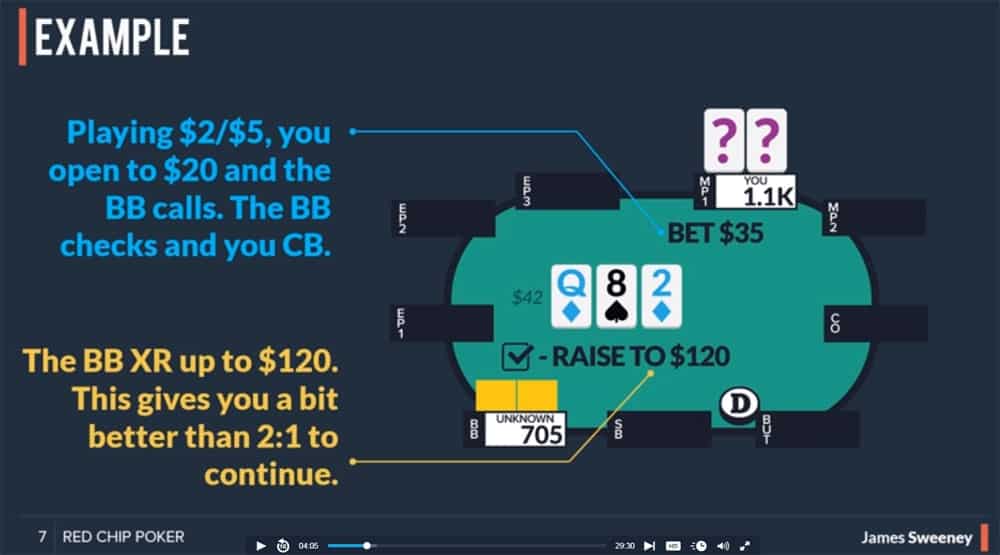
In these spots, it is essential to maintain proper frequencies and not fold too much. We already have our bluffing vs. value betting ratio (from earlier videos) but how do we choose actual hands to include into our continuing range to reach correct numbers?
Here, Sweeney brings home another important point, which is that players tend to fold way too much in these spots – even with some hands he defines as strong.
To get to the correct frequency, we need to include some fairly weak holdings as well. Including some of these very weak hands does seem counterintuitive, but we need them to keep the math healthy.
These hands don’t have much potential to become winners at a showdown, but we can use them as bluffs when the opponent gives up on the turn and decides to check. Likewise, these hands are first to give up when we face continued aggression.
You may have your doubts about Miller’s strategy, but the alternative is giving up too much, and this whole series tries to point out this is something we shouldn’t be doing.
Don’t give your opponents an easy life. Put them to the test and force them to make tough decisions instead.
How You Should Raise
The final video of The One Percent Series deals with situations when we’re the one doing the raising. To make it clear, it’s about the situations where there is already action ahead, i.e. facing a raise or a continuation bet.
Not surprisingly, the biggest point of the video is that we can’t afford to over-fold in these spots. There is no need to be a fold-or-raise type of player; calling is a perfectly legitimate option in many situations as well.
When it comes to selecting hands to raise with, this isn’t as clear-cut as some of the other areas discussed in this series. You can find a bit more about it in upswing poker lab review.
When trying to come up with our raising ranges, there are a few things to look at.
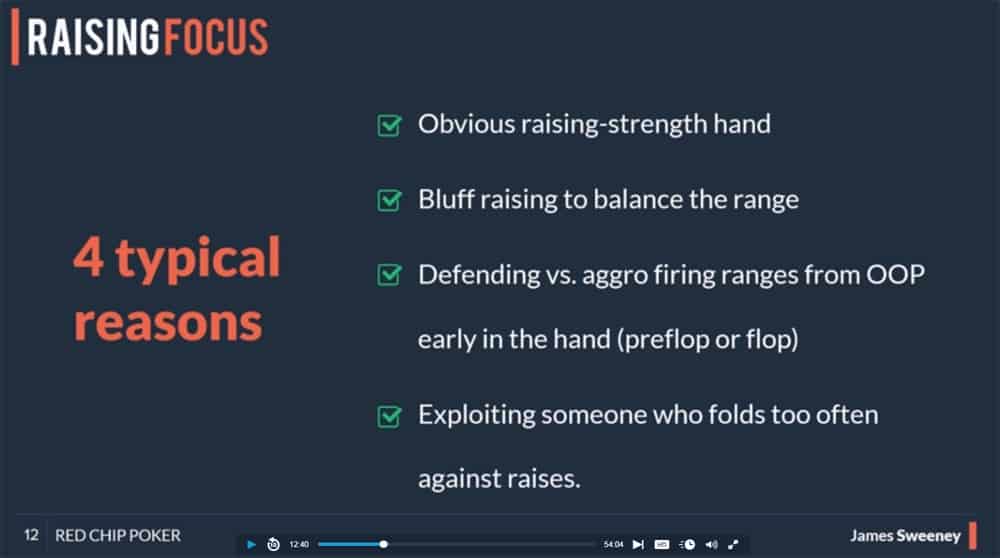
Once again, Sweeney takes us to a sample hand where he uses the already familiar process to come up with raising frequencies.
The video wraps up with some advice on how to recognize and fix issues we might have in this particular area, which can often be traced back to our preflop range.
Question & Answers and Homework Videos
As I mentioned at the beginning of The One Percent review, this series contains ten lessons, but Sweeney provided several additional videos to round things up and clarify discussed concepts.
The first of these bonus videos contains questions and concerns from real players regarding some particular ideas as well as Sweeney’s answers and explanations.
The rest are “homework” videos, presenting players with a series of questions on particular topics such as vpip and pfr, 3-betting, barreling, continuation betting, etc. These videos offer an opportunity to test the newly acquired knowledge and see if there are any areas that you might want to revisit.
Finally, we’re also given access to The One Percent Cheat Sheet. It is an automated Excel spreadsheet similar to the one used by ‘SplitSuit’ throughout the series to calculate the number of betting and calling combinations by the street based on the number of hands we start with.
It is a really handy tool and a nice touch to wrap things up as it is really helpful for practicing what’s been taught in the series.
Conclusion: Is The One Percent Course Worth It?
There are heaps of great poker training materials out there, so those looking to improve their game want to know if their money and time are well-invested.
When it comes to The One Percent by James Sweeney, there is certainly a lot you can learn from this series.
That being said, this course is more geared towards newer players who want to learn sound strategy based on math.
If you’re looking for an approach that is easier to keep up with than the GTO, then you’re probably going to love the 70% model explained in detail in this course.
While it may not be as precise as the GTO, it is close enough and much simpler to understand and implement. Therefore, it is probably the easiest and most effective way to learn poker math for anyone starting out.








